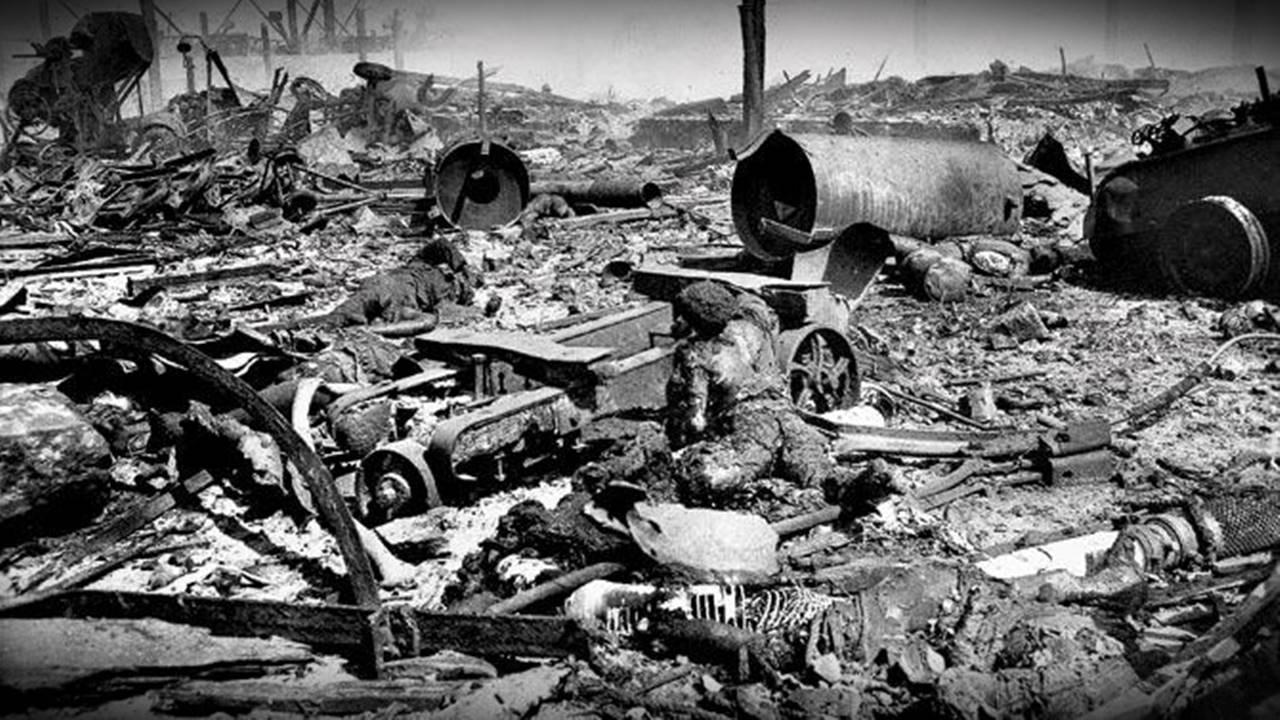The explosion occurred in the Victoria Dock of Bombay, which was being used by the British military to store explosives and ammunition during World War II

The explosion killed at least 800 people and injured over 4,000 others. Pic/Railway Archives
The 1944 Bombay Explosion, also known as the Bombay Docks Explosion or the Victoria Dock Explosion, occurred on April 14, 1944, in the city of Bombay (now known as Mumbai), India. The explosion was one of the largest explosions ever recorded, and it caused extensive damage to the city.
The explosion occurred in the Victoria Dock of Bombay, which was being used by the British military to store explosives and ammunition during World War II. The dock area was surrounded by densely populated residential areas, which made the impact of the explosion even more severe.
The cause of the explosion was never definitively determined, but it was believed to have been caused by a fire that broke out in the ship SS Fort Stikine, which was docked in the area and was carrying a large amount of explosives and ammunition. The fire quickly spread to the cargo, causing a massive explosion that was felt throughout the city.
Also read: When Bombay was burning in the horrific 1944 explosion
The explosion killed at least 800 people and injured over 4,000 others. The damage to the city was extensive, with many buildings destroyed and large parts of the dock area left in ruins. The explosion also caused significant economic damage, as many businesses in the area were destroyed or damaged beyond repair.
The aftermath of the explosion was marked by a massive rescue and relief effort, with thousands of volunteers and military personnel working around the clock to help the injured and provide aid to those affected by the disaster. The event remains one of the deadliest and most destructive in the history of Bombay (Mumbai) and is remembered as a tragic reminder of the dangers of war and the importance of safety in the storage and handling of explosive materials.
 Subscribe today by clicking the link and stay updated with the latest news!" Click here!
Subscribe today by clicking the link and stay updated with the latest news!" Click here!










